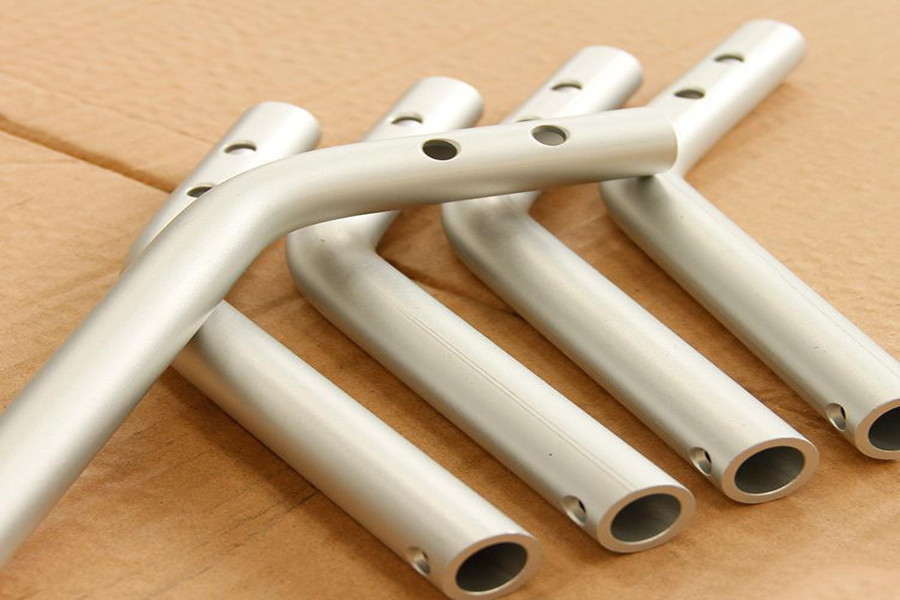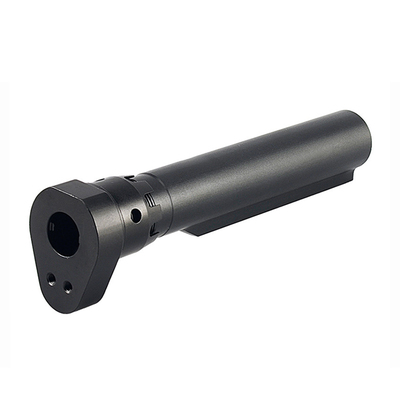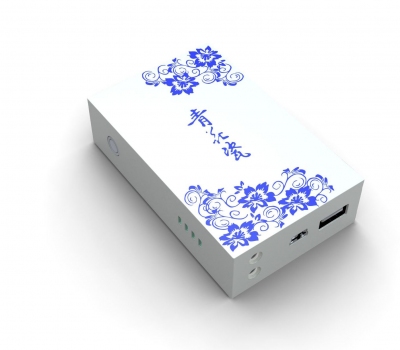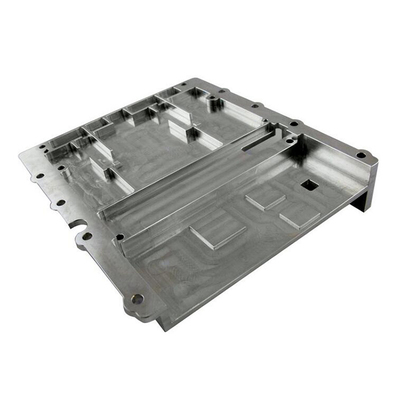Popular 3D printing materials with higher cellulose content
According to foreign media reports, cellulose is a natural polymer and the main component of plant cell walls. It is being used by more and more people as an eco-friendly and biocompatible 3D printing material. Now, scientists have invented a way to print complex objects with higher cellulose content than ever before.
First, the researchers made a kind of "printing ink" with water and 6-14% cellulose particles and fibers. These nano-sized cellulose particles are suspended in water, which allows the ink to have a gel-like consistency. Then a process called "direct ink writing" is used to eject the material layer by layer from a printer nozzle and form a three-dimensional object.

The object is then placed in an organic solvent. At this time, the cellulose particles will aggregate together through the reaction with the solvent, which allows the object to shrink and become dense. Then, this takes out the smaller object so that the solvent still in it evaporates.
Next, it is immersed in a solution containing a photosensitive plastic precursor, which penetrates into the cellulose "scaffold" that composes the object. When the article is subsequently exposed to ultraviolet light, the precursor becomes a solid plastic.
According to ETH Zurich, this brings the cellulose content of the final composite product to 27%, which is a new record. Depending on the type of plastic precursor used, the objects can be hard or soft, depending on their intended application.
Up to now, this technology has been used to make some relatively small and delicate objects. Once the technology can be further developed, the process will be used to produce cartilage replacement implants or customized product packaging and other products.
The commonly used 3D printing materials are:
Let’s start with the most commonly used materials.
Photosensitive resin: This material has the highest printing accuracy, generally up to 0.05mm. The surface is also very smooth, suitable for printing exterior parts, and it is also the only choice for 3D printing to verify the size of the mold. Divided into two kinds of ordinary resin and tough resin. Ordinary resin is white, slightly weaker in strength, fragile, and will turn yellow over time, so if it is an exterior part, it is best to color it. Tough resins are generally emerald green or light yellow. Compared with ordinary resins, tough resins have slightly better strength and are not easy to break. It is worth mentioning that: if you use resin materials for structural parts, do not tap threads on it, and do not use a tight-fitting method to embed the nut, which will burst the hole.
PLA: The printing cost of this material is relatively low. If it is used for temporary structural display, it can be made with this material if the appearance is not high. The material strength is high, and the filling rate inside the structure can be easily adjusted during the printing process, so it is easy to achieve lightweight. The accuracy is slightly worse. If the parts have a matching relationship, there must be enough clearance to ensure assembly. Generally, a clearance of at least 0.5mm should be left for the shaft hole fit. When designing, you should try to avoid the structure hanging in the air, because the hanging structure part needs printing support, which will be rough. The material has a deformation temperature of 60 degrees and cannot be used in a high temperature environment.
TPU: Soft rubber material, rich in colors, can be printed on wheels, cushions, seals and other parts. The hardness is between 80A and 95A. The surface of the printed product is smooth and shiny. After printing, parts with complex structures are more stringy, and the surface is hairy, which is difficult to clean. If the surface requirements are very high, you can also use the method of compound moulding, which is to print out the resin prototype first, then wrap it with silicone to make the mold, and finally use a similar casting method to make the TPU parts. The process is relatively complicated and the production cost is High, good effect, can be used for complex parts such as watch straps.
ABS: Commonly used engineering plastics, which have the characteristics of heat resistance, impact resistance, low temperature resistance, chemical resistance, excellent electrical properties, and product size stability. The heat distortion temperature is 93-118℃, it can still show a certain degree of toughness at -40℃, and can be used in the temperature range of -40-100℃. Suitable for structural parts.
Nylon: The strongest material among non-metallic printing materials is nylon. At present, the best process for printing nylon is SLS laser powder sintering. The molding accuracy is very high, and the strength and toughness of the obtained workpiece are the best. In addition, the nylon material itself is also resistant to high temperature and wear resistance, and is suitable for structural skeletons. The surface of the parts obtained after laser sintering comes with a matte texture, so there is no need for surface treatment.
Link to this article: Popular 3D printing materials with higher cellulose content
Reprint Statement: If there are no special instructions, all articles on this site are original. Please indicate the source for reprinting:https://www.cncmachiningptj.com
 PTJ® provides a full range of Custom Precision cnc machining china services.ISO 9001:2015 &AS-9100 certified.
PTJ® provides a full range of Custom Precision cnc machining china services.ISO 9001:2015 &AS-9100 certified.
Machining shop specializing in fabrication services for construction and transportation industries. Capabilities include plasma and oxy-fuel cutting, Tailored machining, MIG and Custom Aluminum Cnc Precision Milling Welding Jig Fixture, roll forming, assembly, Lathe machining stainless steel cnc machine shaft, shearing, and CNC Swiss Machining services. Materials handled include carbon and Passivation Stainless Steel Machining Cover Plate Parts.
Tell us a little about your project’s budget and expected delivery time. We will strategize with you to provide the most cost-effective services to help you reach your target,You are welcome to contact us directly ( sales@pintejin.com ) .

- 5 Axis Machining
- Cnc Milling
- Cnc Turning
- Machining Industries
- Machining Process
- Surface Treatment
- Metal Machining
- Plastic Machining
- Powder Metallurgy Mold
- Die Casting
- Parts Gallery
- Auto Metal Parts
- Machinery Parts
- LED Heatsink
- Building Parts
- Mobile Parts
- Medical Parts
- Electronic Parts
- Tailored Machining
- Bicycle Parts
- Aluminum Machining
- Titanium Machining
- Stainless Steel Machining
- Copper Machining
- Brass Machining
- Super Alloy Machining
- Peek Machining
- UHMW Machining
- Unilate Machining
- PA6 Machining
- PPS Machining
- Teflon Machining
- Inconel Machining
- Tool Steel Machining
- More Material





